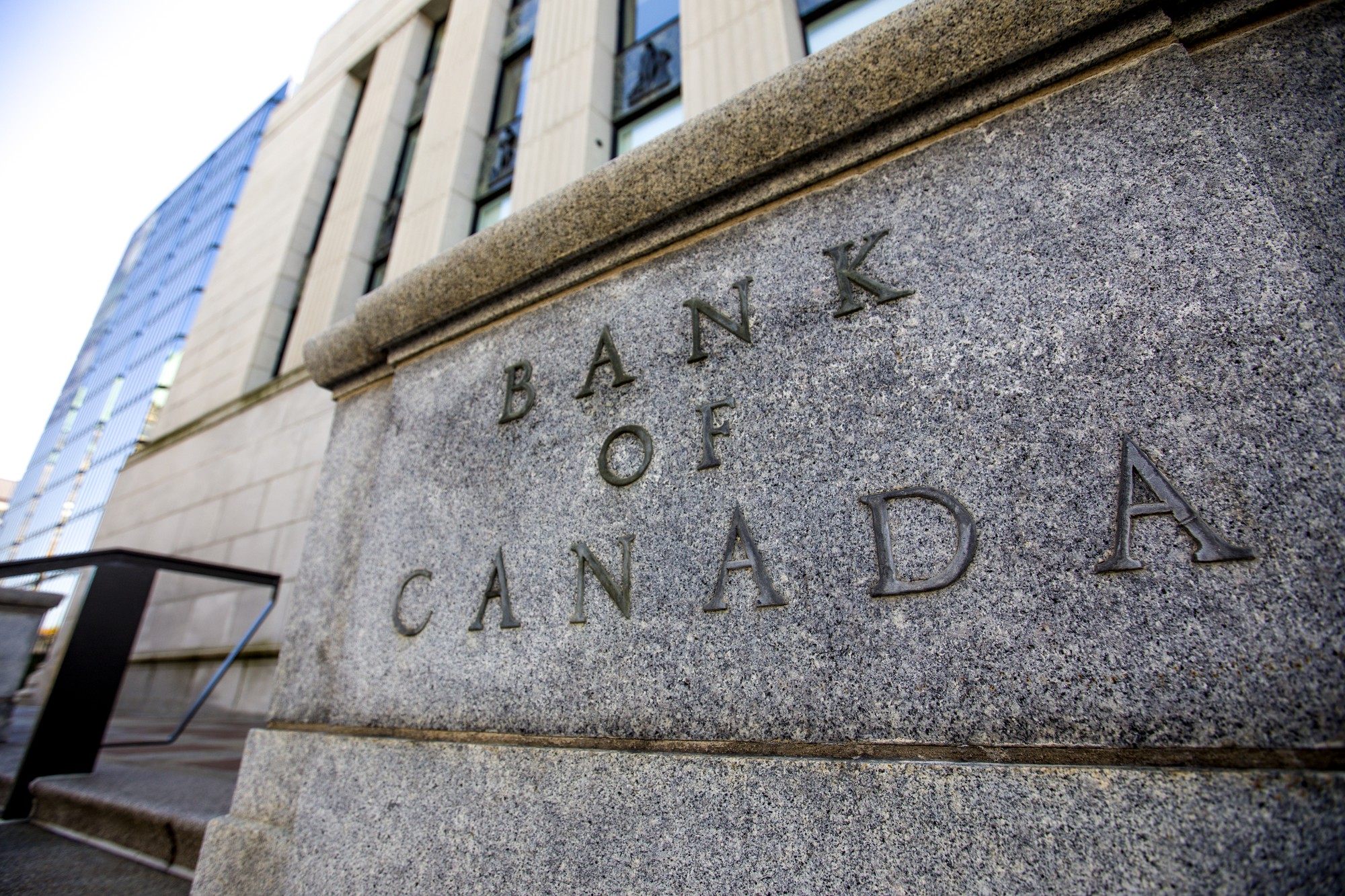Professor Kim Pernell has devoted her PhD at Harvard and more than 10 research papers to study the risks and regulations banks face in Canada and the U.S.
Pernell, a U.S. citizen who worked at the University of Toronto for six years before moving back to Texas July last year, said she prefers the Canadian financial system.
“You could argue that constant ups and downs or financial crises every 10 years is like not a well-designed banking system,” Pernell said.

Professor Kim Pernell said mortgage-backed securities may affect regional banks in the U.S. shortly because of rising interest rates. Photo credit: Stephen Hutchinson
Her comments came as the U.S. witnessed the collapse of Silicon Valley Bank, the largest bank failure since the 2008 financial crisis.
She said mortgage-backed securities were part of the portfolio Silicon Valley Bank sold off that caused so much disaster.
“They may be incredibly vulnerable to the effects of rising interest rates,” she said.
The U.S. Federal Reserve increased its interest rate to between 4.75 and 5.00 per cent on March 22, up from just between 0.25 and 0.50 per cent one year ago.
The interest rate hike came despite pressure in the banking system, as the Federal Reserve pushes hard to get inflation under control.
Bank failures in the U.S. have sparked concerns across the border in Canada.
However, Pernell said mortgages have a different structure in Canada, and Canadian regulations were proved to be a success during the 2008 financial crisis.
“Canada really came out ahead in the quality of its regulatory system and the U.S. fell short,” she said.
Pernell also said Canada deregulated credit in 1966, 14 years before the U.S. followed suit.
“It will come as a surprise to many Canadians that Canada was actually a global leader in deregulating the banking system,” she said.
But she said the collapse of two Alberta banks during the Labour Day weekend in 1985 inspired a reckoning among the public and regulators, and sparked changes in Canadian policies.
The changes coincided with the approval in 1988 of the Basel Capital Accord, known as Basel I.
Basel 1, backed by the G10 countries, fixed a minimum capital ratio so banks can face a sudden surge in demand for cash.
The accord was revised to Basel II in 2004, and gradually updated to Basel III from 2010 to 2017. The new versions introduced additional ratios and information requirements for banks to operate.
The accord is now supported by the G20 countries and practically applied all around the world.

The Bank for International Settlements (BIS) at Basel proposes the Basel capital accords, which are put in place internationally for financial institutions. Photo credit: Bank for International Settlements
“Each Basel Accord was a reaction to the perceived failures of the one that came before,” Pernell said.
But her dissertation shows how different countries have applied the accords in different ways, especially when it comes to key banks.
These banks, known in the financial system as being too big to fail, are subject to tighter rules, but each country gets to decide which ones are systematically important.
The accords’ incorporation into laws of different countries has also been delayed. Basel III will not become law until 2024 in Canada, and 2025 in Europe and the U.S., according to the Office of the Superintendent of Financial Institutions.
Some scholars also argue banking systems in Canada and the U.S. diverged at a much earlier point.
A study in 2015, written by Professor Michael D. Bordo and Hugh Rockoff from Rutgers University in New Jersey and Angela Redish from the University of British Columbia, said there were no bank failures during the Great Depression in Canada, but more than 9,000 collapsed in the U.S.
The professors said the 2008 financial crisis reflected the different institutional foundations laid in place in the early 19th century.
They said the Canadian system is centralized, has few supervisory agencies and fostered big banks.
The U.S. system fostered the creation of numerous regional banks with several supervisory agencies, both state and federal, they said.
This was what allowed the California Department of Financial Protection and Innovation to take possession of Silicon Valley Bank on March 10.
The California government subsequently appointed the Federal Deposit Insurance Corporation as the receiver of the Silicon Valley Bank.
The bank now operates under the rules of the federal agency.
“The existence of multiple regulatory authorities may facilitate regulatory capture,” Bordo, Redish and Rockoff said. “The Canadian system produced greater financial stability.”
Nevertheless, Pernell said a centralized system has its drawbacks like credit restriction and banking fees.

The Bank of Canada, in Wellington St, Ottawa, fosters a stable and efficient financial system. It conducts analysis and research to identify and mitigate systemic risks. Photo credit: Bank of Canada
“When I first moved to Canada, the only credit card I was eligible for was one with a $500 limit, like a Tim Hortons branded card,” she said.
Pernell said the U.S. system is inherently less stable, but is much more competitive.
However, Bordo, Redish and Rockoff said the Canadian banking system was not significantly less competitive than that of the U.S. between 1880 and 1980.
Their study showed the Canadian banking system had already absorbed its main sources of risk by the end of the 20th Century, namely investment banking and the mortgage market.
Pernell said this is why mortgage-backed securities can cause more trouble in the U.S. than in Canada.
She said it is usual in the U.S. for borrowers to receive a 30 year fixed rate mortgage, while in Canada mortgages are reviewed every five years.
“In Canada, there are going to be people who can’t continue to own a house because of variable rates,” said Pernell. “But in the U.S., the banking system absorbs all of the consequences of the rising interest rates.”

